A weathered fence brought to mind an old method of getting that specific gray color of wood that has been sitting outside. I was at a furniture factory when I saw the fence and couldn't help but photograph it. I thought it was really beautiful precisely because of the added charm of the passage of time, the rains, winds and snows that have battered it over time. Aged wood has an added value and that is why there are methods of trying to "age" wood artificially.
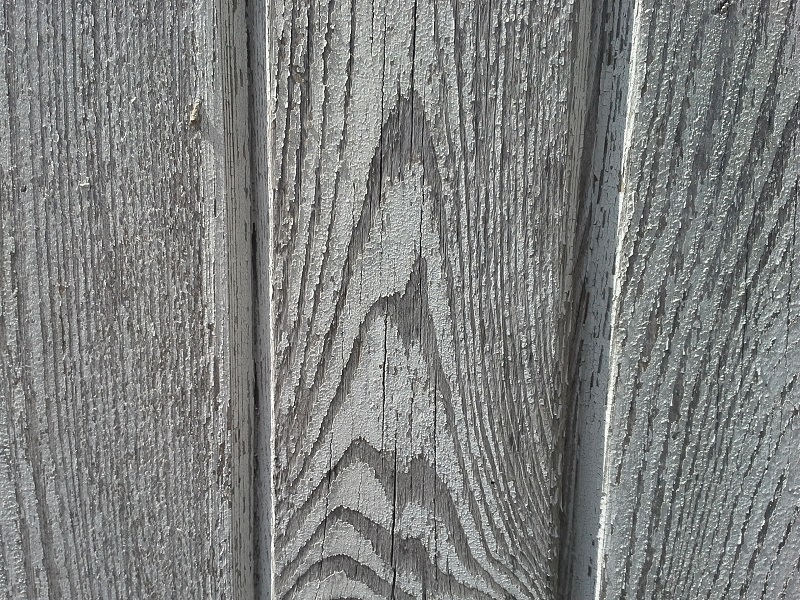
The method by which we can age wood is, as I have already said, simple and handy. I think I mentioned it once before, but without elaborating on the subject. It involves treating wood with a solution made from vinegar and steel wool. Any kind of wood can be treated with this solution. Darker, more tannic woods such as oak, acacia or cedar turn the grey colour of ageing without the need for anything else. Oxidation of the wood, for that is what we are talking about here, occurs as a result of the reaction between the solution and the tannins.
For light-coloured, tannin-free wood such as pine, fir, spruce, the reaction must be helped. The best source of tannins is black tea, which if you don't have it at home you can certainly find very easily.
Before I start describing the method, I would like to remind you that another effect of ageing wood is to structure it, to highlight the late wood, which is harder and more resistant than the early wood, which grinds faster. This structuring can also be done artificially with wire brushes or by sandblast. As sandblasting requires special equipment it is more difficult to do at home. But with brushes things can be done, even if it involves more physical work.
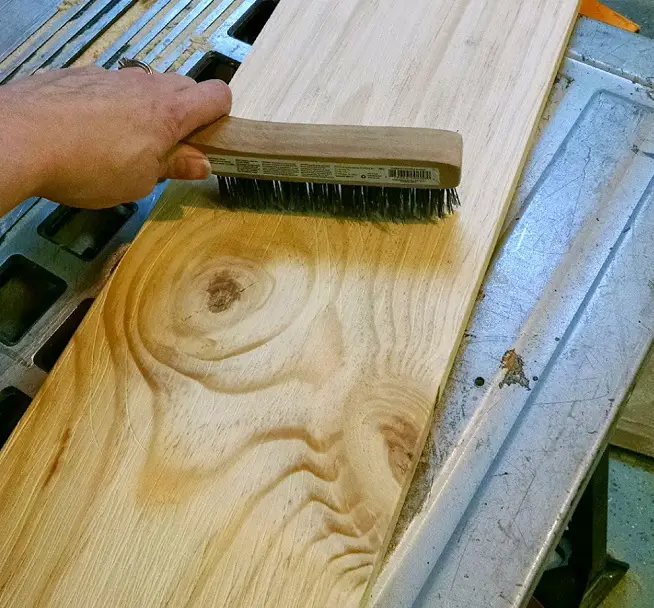
Ordinary, manual wire brushes or rotating brushes that mount on the drill can be used. It is best not to use very thin wires to avoid scratching the wood and giving it a false appearance, but not very thick ones either. After brushing, the wood is sanded with abrasive sponges to remove broken grain and give that natural grain look.
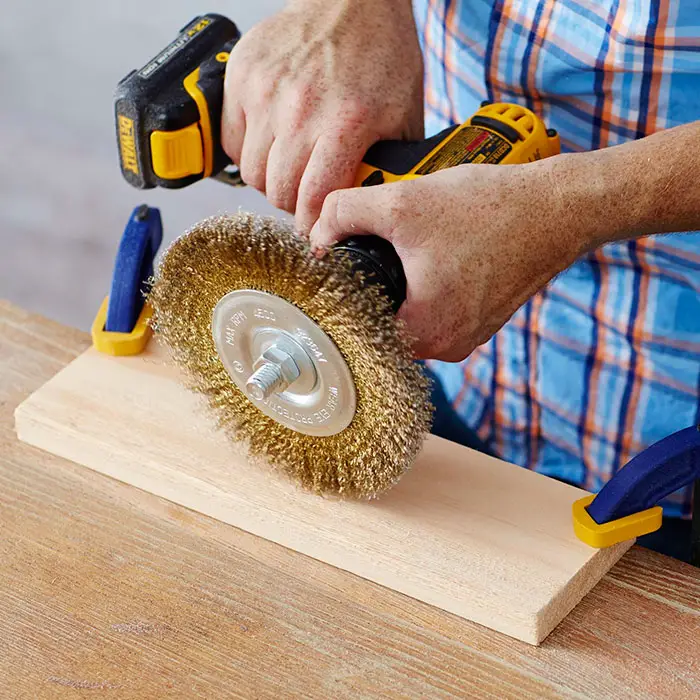
But back to the vinegar solution. Steel wool is recommended because it has a thin thread and is more quickly attacked by vinegar, but you can also use one of those metal dish sponges without problems.
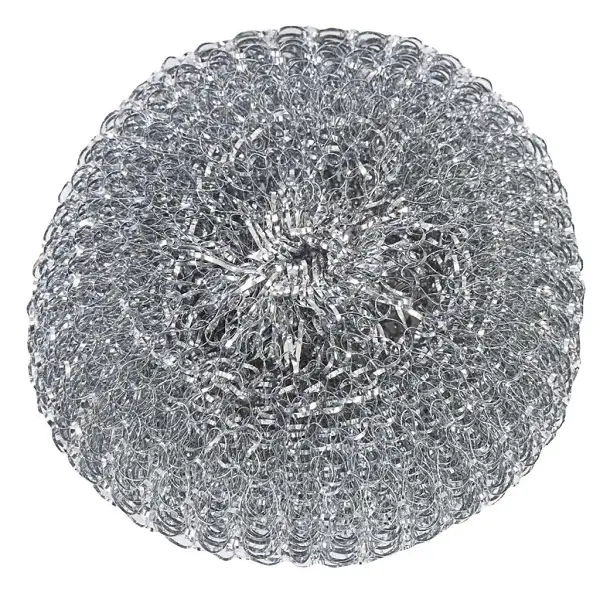
The sponge is placed in a 400 ml glass jar and 9 proof white wine vinegar is poured over it (apple cider vinegar can also be used). Put the lid on and leave for at least 24 hours. The solution can be used even faster, but it is weak and the staining is discreet. Leaving it longer produces stronger solutions that stain the wood more intensely. After 24 hours the sponge is removed from the solution which can be kept with the lid on and used when needed.
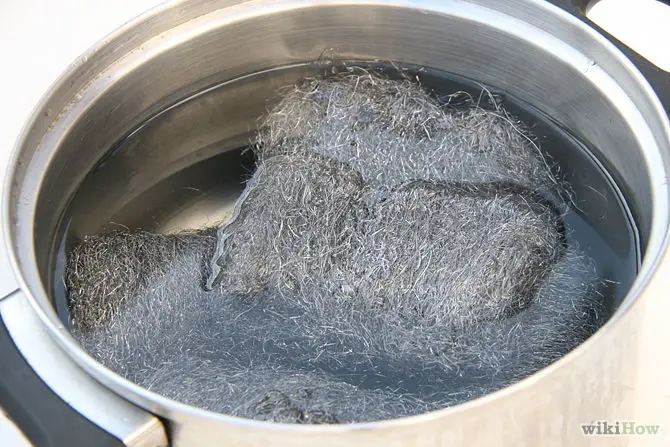
The solution is applied to wood, structured or not, using a brush. If the wood is tannic, apply and allow to dry. After drying, the wood will take on a bluish grey colour. If drying takes place in the sun the change is even more obvious. If a darker colour is desired, repeat the process.
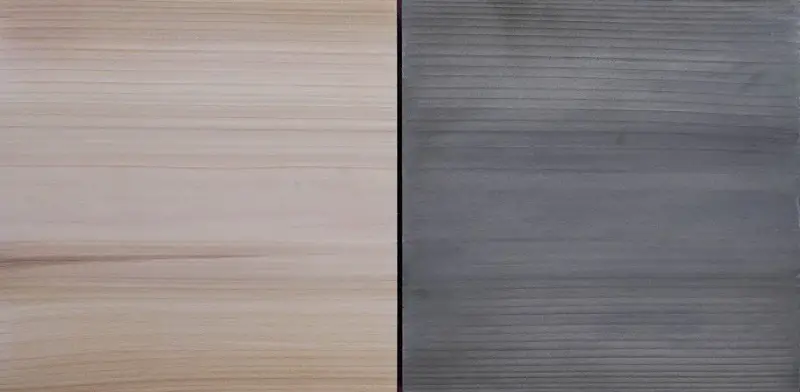
In the case of light-coloured, tannin-free wood, tea is made first. In an ordinary glass, add hot water and 2 teabags of black tea. Leave for 20-30 min, then brush onto the wood. Allow to dry, then brush on the vinegar solution. After drying, the greyish-grey colour will appear, which is typical of unprotected wood that stands outside. This can be repeated if a darker colour is desired.
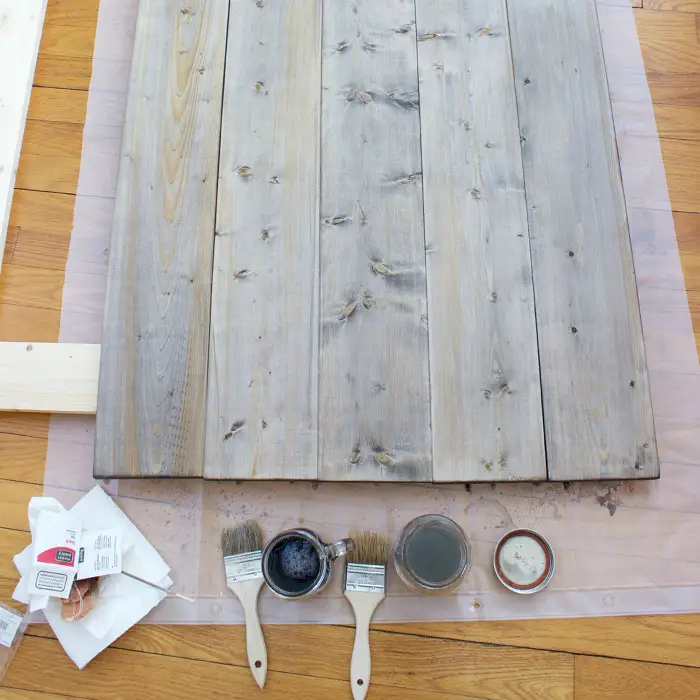
The vinegar smell will persist after drying and can be removed by wiping with a wet cloth. Basically, the wood can be washed. After washing and drying, the effect can be protected with varnish, wax or oil, or a coat of paint can be applied. For an aged effect the paint must be partially removed. If the wood is structured the paint can be removed before drying with a spackle.
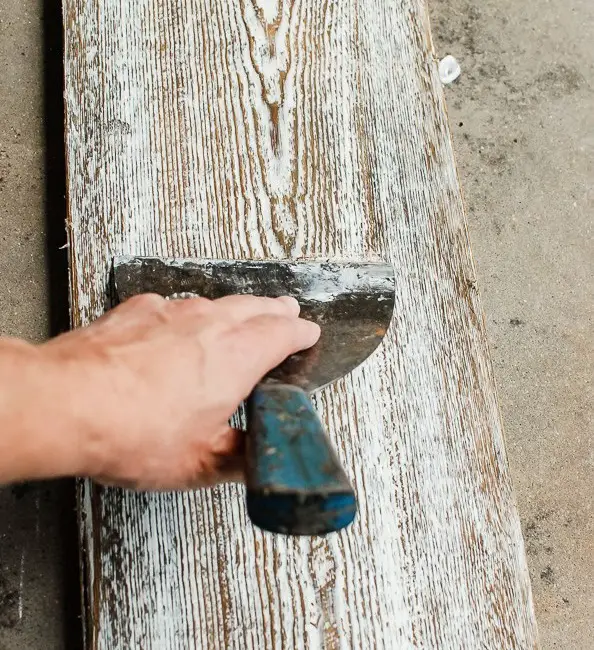
If the surface is straight, after drying sand it so that the paint is removed in some places and a grey colour appears on the surface. This method is called distressed and is widely treated here.
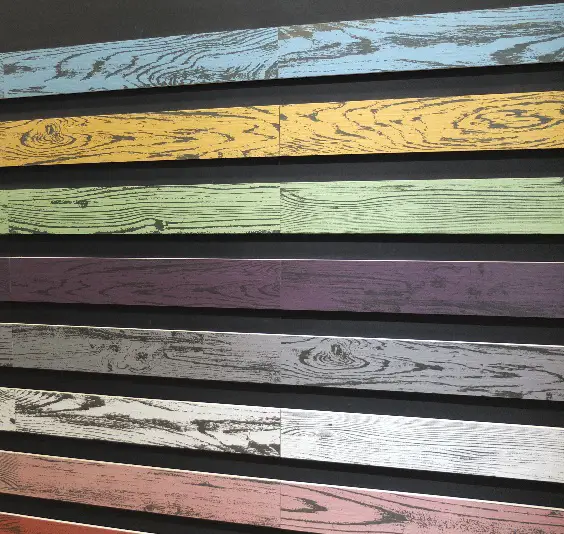
At the end the effect is protected with lake, oil or wax. For the most natural look I recommend wax. If you use a coloured wax (dark walnut) you will give the surface a patina as well as protection.
Wood aged in this way is very reliable. The method is only applicable on clean wood. If you want to age a piece of furniture in this way it must first be cleaned. According to total removal of finish coatingsThe method can be applied without problems.
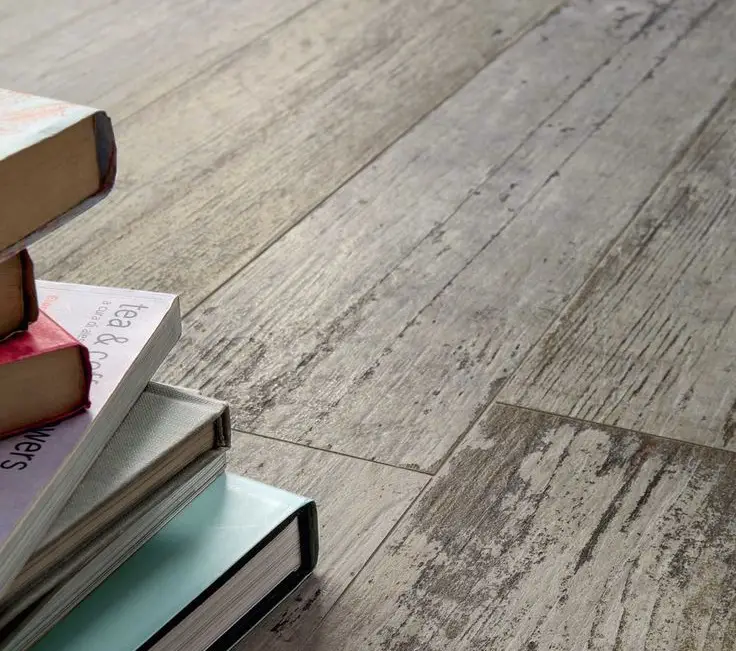









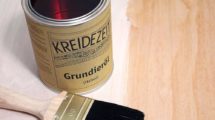
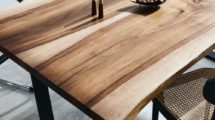










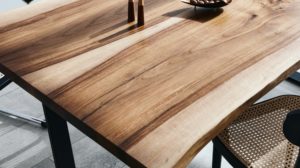









thank you for the recipe of the wood aging... really interested me... cheers...
With pleasure. All the best!
Excellent article! Thanks!
Very interesting all your guidance and advice. I love woodworking, but don't have all the tools I need to get started yet. For now I am "gathering" tips and ideas that one day I will put into practice.
Congratulations, and many thanks!
Hello, is this method valid for larch? Thank you
Hello, I would like to work with Ms. Mihaela
Hello!
You have a message on your email.